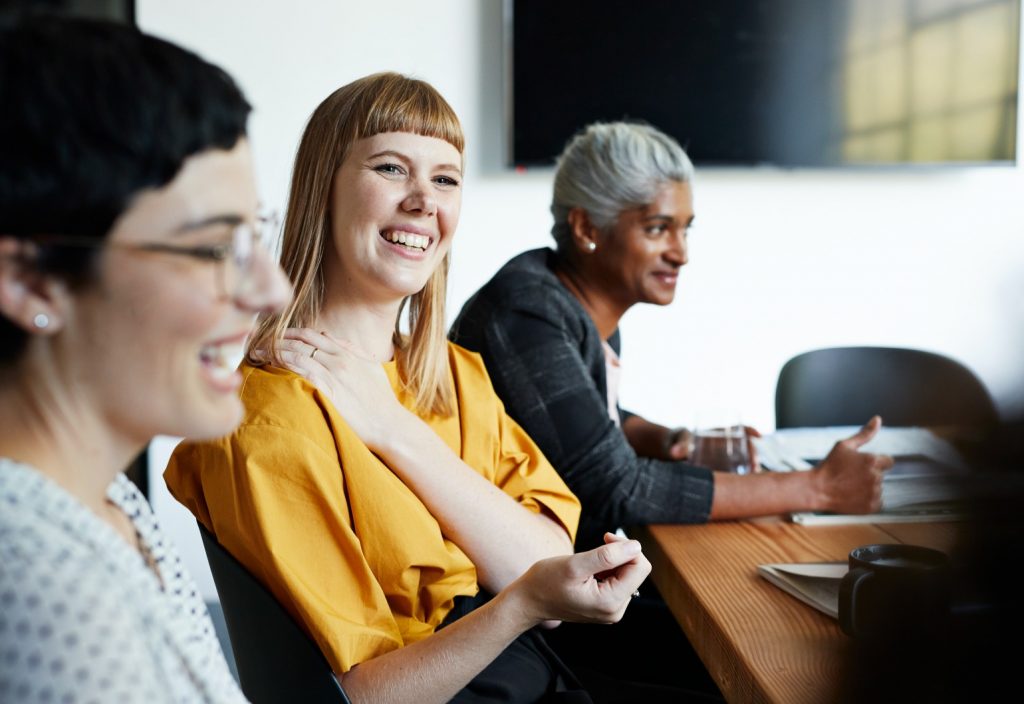An Engineers Australia workforce development project has been recognised for its success connecting women in engineering and giving them the tools to excel within their organisations.
The project has been nominated for an Australian Institute of Training and Development award and is up against three other initiatives for best diversity and inclusion program within the last three years.
Launched in Tasmania in 2018, the Gender Equality in Engineering Program paired 10 female engineers aged 23-34 with male mentors from their respective industries.
The program purposely matched the young women with male mentors because, for many of the participants, their bosses and supervisors are all men.
“The vast majority of managers and decision makers aren’t women, so it wasn’t just us learning from them, they really got a chance to understand our position and our struggles,” electrical engineer and participant in the program graduate Engineers Australia member Gabriella Tregurtha GradIEAust told create.
“It was really eye opening for both sides.”
The program ran for 12 months and, along with catching up with their mentors, the women also had opportunities to network with each other and form a peer support community they could lean on.
Learning and development organisations Currey & Co Consulting and Shaping Change supported the program, providing training for participants and their mentors.
Learning from each other
For Tregurtha, the program was one of the first chances she had to meet other women within the profession.
“I was in a role where I had no exposure to other women engineers, so I jumped at the opportunity,” she said.
“It was through the program that I started to realise that a lot of toxic behaviour I was experiencing at work wasn’t the norm and wasn’t ok.”
Simply hearing the experiences of other women not only opened Tregurtha’s eyes to the wider profession, but also helped show where her career could go.
“There was one lady who was a mother, and she was like a hero to us because we just didn’t see that in our day to day. It was a bit like seeing what your life could be like.”
It wasn’t only the other women in the program that Tregurtha drew from, her mentor was also an important influence.
All the mentors were senior executives or senior managers of engineering companies. Many were decision makers in their organisation with the ability to generate actual change.
The program hosted four sessions to facilitate discussions with these senior executives to educate them about how workplace culture and unconscious bias affect women in engineering.
The mentees also underwent training to understand workplace dynamics and empower them to influence change and gain greater agency. This was something Tregurtha took to heart when she left her organisation partway through the program.
“There was one day when I was completely over it and ready to check out of my role. I called one of the program facilitators and she calmed me down and gave me the support I needed at that moment,” Tregurtha said.
“I also received help putting together my resume and through the transition to a new role. The decision to go, and the way I went, was fully supported by the people in the program and I’m grateful for that.”
A lesson in nuance
Where the program really shone, Tregurtha said, was the attention to nuance when it comes to diversity and inclusion.
“A lot of the experiences women have are seemingly small, but they add up. I hate using this example, but it’s really common, the lack of women’s bathrooms on construction sites. Or the fact that ‘female’ uniforms are just a men’s uniform with a tag that says female,” she said.
Tregurtha also pointed to the fact that females get asked to take minutes more than their male counterparts, or that some women get talked out of doing an engineering degree to start with.
“One of the girls mentioned her experience with getting recommended [by friends and family] into other university degrees, even though from the get-go she wanted to be an engineer. She’d gone through work experience in an engineering firm, and still they were pushing her in other directions.”
This is where the interaction between the participants and the mentors really helped. By understanding the experiences of these women, the male senior executives could begin to implement changes within their organisations.
In fact, some mentors are actively trying to engage further with other diversity initiatives and challenging non-inclusive environments (such as tackling the issue of toilet facilities on worksites).
One mentor even said it the most rewarding and fulfilling program he had been involved with.
“It has done more for gender equity than anything I’ve seen in 30 years as an engineer,” the mentor said.
And Tregurtha is not going to forget her experience any time soon.
“Programs like this are so important,” she said. “When there are not many people like you in your workplace, it makes a phenomenal difference to have access to others who share your experience.”
